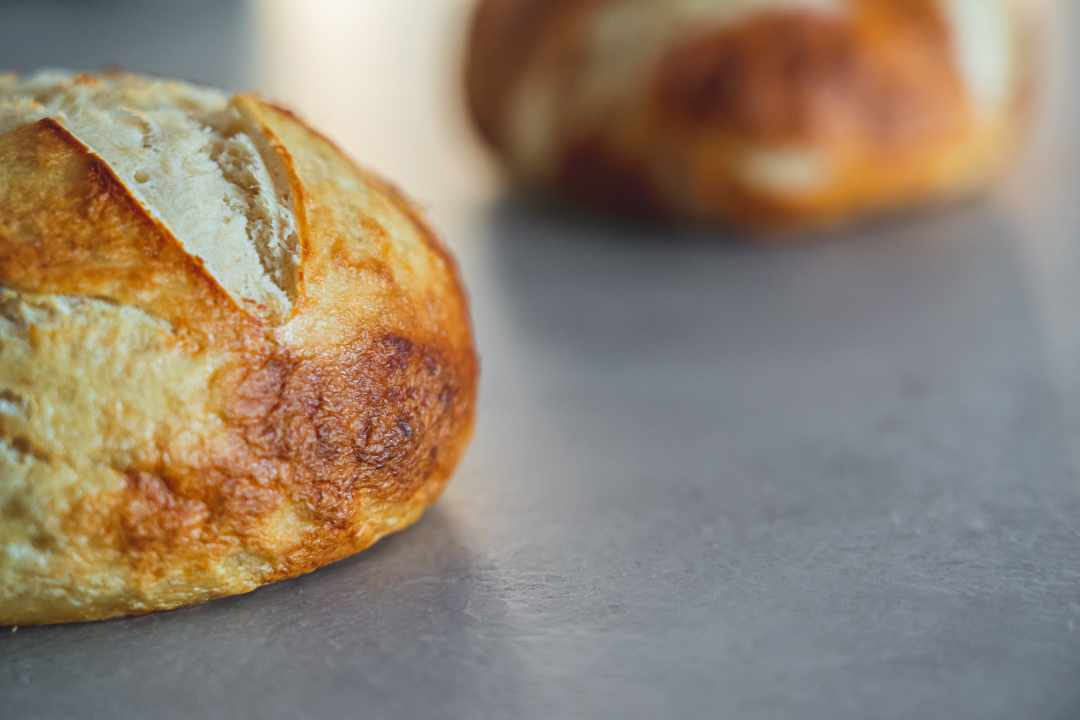Sourdough Revolution: Rediscovering the Ancient Bread
In recent years, there has been a remarkable resurgence of interest in sourdough bread, marking a return to traditional baking practices that connect us deeply with our culinary heritage. This revival isn't merely a fleeting trend but a reflection of a broader movement towards artisanal foods and sustainable living. Read below to delve into the reasons behind this sourdough revolution and why more people are embracing the art of baking sourdough at home.

The Art of Fermentation
At the heart of sourdough bread is its natural fermentation process. Unlike commercially yeasted breads, sourdough relies on wild yeast and bacteria present in flour and the environment. This symbiotic relationship creates a complex, tangy flavor profile and gives sourdough its characteristic airy texture. Enthusiasts cherish the variability and uniqueness of each batch, influenced by factors such as flour type, hydration levels, and ambient temperature.
Health Benefits and Nutritional Superiority
Beyond its flavor and texture, sourdough offers distinct nutritional advantages. The lengthy fermentation process breaks down gluten and phytic acid, making it easier to digest and enhancing nutrient absorption. Additionally, sourdough boasts a lower glycemic index compared to conventional bread, potentially offering better blood sugar control—an appealing trait for health-conscious consumers.
Rediscovering Tradition and Craftsmanship
Baking sourdough bread isn’t merely about satisfying hunger—it’s a journey into craftsmanship and tradition. Many enthusiasts find joy in mastering the intricate art of sourdough baking, from nurturing a starter culture to perfecting the art of scoring the dough. This artisanal approach fosters a sense of connection to the past, echoing centuries-old techniques passed down through generations.
Sustainability and Local Sourcing
Amid growing concerns about food sustainability, sourdough’s simple ingredients and natural leavening process resonate deeply with environmentally conscious consumers. By baking bread at home or supporting local bakeries, individuals reduce their carbon footprint associated with industrialized baking practices and support community-based food systems—a meaningful step towards sustainable living.
Community and Sharing Culture
The rise of sourdough bread-making has sparked a vibrant online community of bakers eager to share tips, recipes, and troubleshooting advice. Social media platforms and dedicated forums have become virtual hubs where enthusiasts exchange knowledge and celebrate their baking successes. This sense of camaraderie and shared passion underscores the broader cultural impact of sourdough beyond its culinary appeal.
Useful Tips and Facts
- Starting a Sourdough Starter:
- Use organic whole grain flour for best results.
- Maintain a consistent feeding schedule to keep the starter active.
- Baking Tips:
- Experiment with different hydration levels to achieve desired crust and crumb.
- Preheat the oven with a baking stone or Dutch oven for optimal baking conditions.
- Flavor Variations:
- Incorporate herbs, seeds, or dried fruits into your dough for unique flavor profiles.
- Experiment with different flour blends (e.g., rye, spelt) to create diverse textures and tastes.
In conclusion, the resurgence of sourdough bread-making signifies more than a culinary trend—it embodies a return to craftsmanship, sustainability, and community. As more individuals embrace the art of sourdough baking, they not only enjoy delicious bread but also contribute to a larger movement towards reconnecting with our food traditions and fostering a healthier, more sustainable food culture. Whether you’re a novice baker or a seasoned pro, the journey of sourdough promises endless exploration and the satisfaction of creating something truly special from simple ingredients and time-honored techniques.




